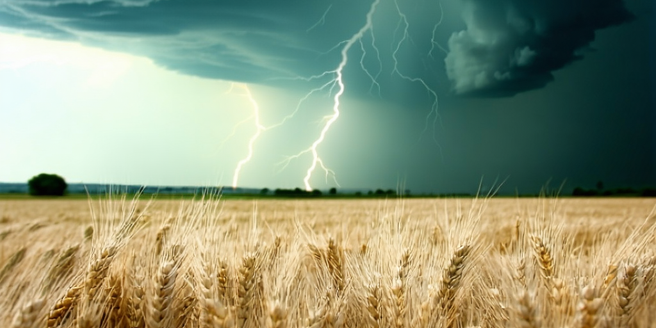
The Art of Capturing Stormy Skies
Storm photography is an art that requires patience and the ability to see beauty amid chaos. The swirling clouds and the clash of elements provide a dramatic canvas for a skilled photographer. Capturing the essence of a storm involves understanding the dynamics of light and darkness, and how they interplay to create mood. Often, the key lies in timing and perspective, waiting for that perfect moment when the storm reveals its narrative. By experimenting with angles and compositions, photographers can emphasize the drama inherent in a stormy sky. Moreover, the use of contrast between the ominous clouds and a fleeting ray of sunlight can add depth to the image, allowing the viewer to feel the storm’s intensity.
Techniques for Enhancing Mood in Photos
To enhance the mood of storm photos, photographers can employ various techniques such as adjusting the exposure to highlight details in the clouds or to create silhouettes against the tempestuous backdrop. Utilizing a wide-angle lens can capture more of the dramatic scene, enveloping the viewer in the photo. Filters can be used to enhance contrast, making the darker areas deeper and the lighter areas more pronounced. Post-processing techniques such as adjusting the saturation can bring out the subtle colors often missed by the naked eye. Additionally, converting images to black and white can strip away distractions, focusing the viewer’s attention solely on the interplay of light and shadow.
Understanding Weather Patterns for Perfect Shots
A successful storm photographer must have a keen understanding of weather patterns to anticipate the best times for shooting. Knowing how to read weather forecasts and radar images can provide crucial information about storm movements. This knowledge allows photographers to position themselves strategically to capture the most compelling images. Understanding local climates and seasonal weather variations can offer insights into typical storm characteristics, helping in planning shoots. It’s not just about capturing lightning or rain; by understanding the build-up to a storm and its dissipation, a photographer can tell a complete story through a series of images.
Choosing the Right Equipment for Storm Photography
The right equipment is essential for capturing the raw power of storms. A sturdy tripod is crucial for stability in windy conditions, enabling long exposures without blurring. Cameras with weather sealing can withstand harsh conditions, protecting against moisture and dust. Fast lenses with a wide aperture allow for capturing more light in dim conditions, essential during twilight hours or heavy cloud cover. Filters such as polarizers can reduce glare and enhance cloud textures. Remote shutters prevent camera shake during exposures. Additionally, packing extra batteries and memory cards ensures readiness for long shoots as storms can be unpredictable.
Safety Tips for Shooting in Unpredictable Weather
Safety is paramount when photographing storms. Being knowledgeable about the inherent dangers, like lightning and flash floods, can prevent accidents. Maintaining a safe distance from storm activity ensures personal safety, and a reliable communication device is essential in remote locations. Always inform someone of your plans and location before setting out. Wearing appropriate clothing, such as waterproof outerwear and insulated layers, protects against the elements. Understanding the terrain, potential escape routes, and having a first-aid kit on hand adds an extra layer of preparedness. Trusting one’s instincts and leaving a location if it feels unsafe cannot be overstated.
Editing Techniques to Amplify Atmospheric Drama
Post-processing is a powerful tool for amplifying the mood in storm photography. Techniques such as dodging and burning can accentuate the dramatic contrasts between light and dark areas, adding depth and focus to key elements of the composition. Adjusting the levels and curves can enhance the dynamic range, bringing out details in both the shadows and highlights. Consider using software to remove distractions, like noise, and focus on clarity. Layering multiple exposures can also create surreal effects that bring out the emotion of the storm scene. Experimentation with different software tools allows photographers to refine their unique creative vision.
